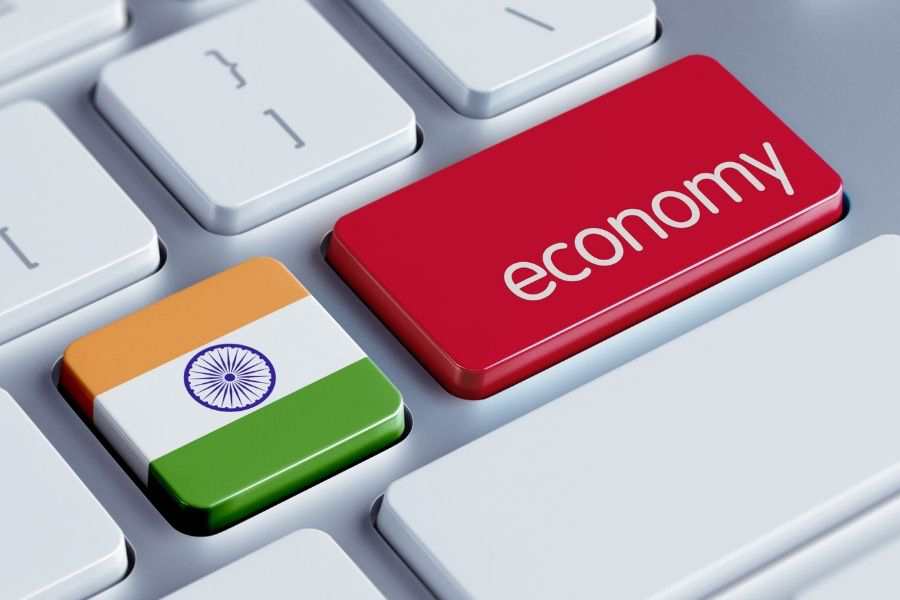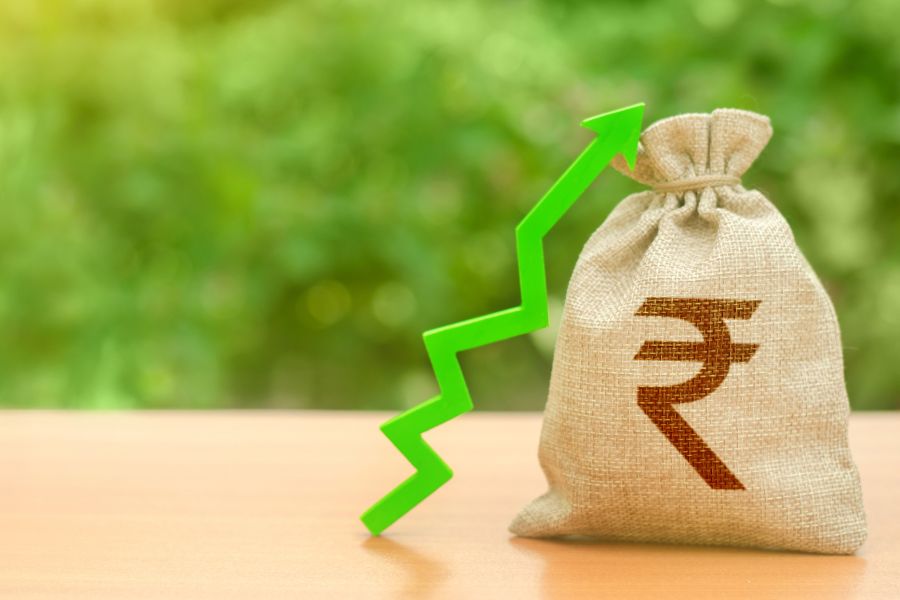Economic slowdown: Breaking the vicious cycle
• India’s GDP growth of 5% in the quarter ending June 2019, has shocked analysts, raising fears of a prolonged slowdown.
• The FM has announced a number of measures including bank mergers, liquidity boosters for realty and exports, and more recently a major cut in corporate tax rate to 22%.
• Measures for spurring growth in focus sectors are welcome, but bank mergers would also imply tough integration challenges.
• While the measures so far are sure to boost supply, India still suffers from a tenacious sluggishness in consumer demand, for which the centre has little fiscal room.

India’s economic growth has been consistently slowing down over the past few quarters, from a high of 8% in the quarter ending June 2018. It hit a six year of 5% in the quarter ending June 2019. Reports indicate that a number of sectors, including real estate, construction, auto, manufacturing agriculture and FMCG are struggling. Consumer demand continues to be weak, and private sector investment is also not picking up.
Eight core sectors have seen a slowdown in growth to 2.1% in July 2019 compared to an increase by 7.3% in the same month last year. Chances of consumer demand picking up seem weak, as even the unemployment rate has reached 8.2% in August 2019, with urban unemployment even higher at 9.4%. Even the external environment is extremely volatile, with India’s exports dropping by 1.53% YoY in the first five months of this fiscal.
There is a severe lending crunch, and even foreign investors are pulling capital out of the market. Banks have lost an enormous Rs 12 lakh crore over the past few years in NPAs. NITI Aayog Vice Chairman Rajiv Kumar has commented, “This is an unprecedented situation for the Government of India. In the last 70 years nobody had faced this sort of situation where the entire financial system is under threat and nobody is trusting anybody else. Within the private sector nobody is ready to lend, everyone is sitting on cash.”
The Hon’ble Finance Minister Ms Nirmala Sitharaman has announced a series of measures over the past few weeks for revival of the economy and business confidence. She announced the withdrawal of enhanced surcharge on tax payable on long-term and short term capital gains arising from transfer of equity share/unit for foreign portfolio investors on August 23. On August 30, she announced a series of bank mergers including PNB, OBC and United Bank (total business of Rs 18 lakh crore); Canara & Syndicate Bank (business of Rs 15.2 lakh crore); Union Bank of India, Andhra Bank and Corporation Bank (business of Rs 14.6 lakh crore) and Indian Bank and Allahabad Bank (business of Rs 8.08 lakh crore). The government also announced an upfront capital investment of Rs 55,250 crore to support credit growth and regulatory compliance.
On September 14, the government announced the introduction of Remission of Duties and Taxes on Export Product to replace MEIS scheme for exports. The FM assured that fully automated electronic refund for input tax credits on GST will be operational by end-September 2019. Most importantly, priority sector lending norms for export credit have been revised, thereby releasing an additional Rs 36,000 crore to Rs 68,000 crore as export credit under priority sector. For real estate, the government committed to create a fund of Rs 20,000 crore for last-mile funding of non-NPA and non-NCLT projects, of which Rs 10,000 crore will be contributed by the government.
In another big bang measure to boost confidence, the FM announced on September 20 that any domestic company would have the option to pay income tax at a rate of 22% subject to the condition that they do not ask for any other exemption/incentive. Moreover, with effect from FY 2019-20, any new company incorporated on or after October 1, 2019 making fresh investment in manufacturing, has the option to pay income-tax at the rate of 15%. Again, they will not be allowed to avail any exemptions, and they should commence production on or before March 31, 2023. She admitted that this would mean foregone revenue of Rs 1.45 lakh crore, but asserted that the step was essential to boost the economy.
These measures announced by the FM are welcome, as they indicate a proactive approach to managing the economic situation with fiscal measures as well as the willingness to undertake course correction on policy measures if needed. Moreover, given that tax revenues are underperforming with an expected shortfall of Rs 40,000 crore this fiscal, these measures are indeed bold.
The cut in corporate tax is pathbreaking and has been praised by the industry across the board, and gave an unprecedented 1,650 point boost to stock markets last Friday. These measures will definitely improve private sector sentiment. Priority sector lending for exports, faster refunds for MSMEs and introduction of RoDTEP will reduce uncertainty and make life easier for exporters. However, from the perspective of the US$ 5 trillion vision, boosting India’s foreign trade will require far more structural reforms.
Bank mergers do impart scale and muscle and can help weaker banks; but a lot depends on the manner in which mergers are executed. The correlation between size and performance, and even the ‘too big to fail argument’ was devastatingly crushed with the Lehman-led recession of 2008. In the short-term, these mergers are sure to face a backlash from public sector employees. Even if rationalisation does not lead to job losses, it will surely impact hiring.
Integrating operations, is always a painful and arduous exercise, requiring significant management bandwidth. So whether this is even an opportune time for mergers is debatable, given the key role of banks in reviving credit to tackle the economic slowdown.
While the measures announced so far will lift business sentiment, the current slowdown has much do with the consumption problem, which was affirmed by RBI in its annual report. Share of private sector final consumption expenditure (PFCE) has dropped significantly from 66.2% of GDP during FY12-FY14 to 57.5% in FY15-FY19. It has dropped further to 55.1% in Q1, FY 2019-20.The central bank also adds that lower food prices led to lower wages and cut spending power and created a self-enforcing spiral in the agricultural economy, impacting almost half the total labour force into farming. So the government has to tread a fine line here by increasing agricultural prices, but to a level that does not raise overall inflation, thereby impacting RBI’s intentions of going for more rate cuts.
Weaknesses in the manufacturing sector have also impacted the fortunes of both the rural and urban workforce. RBI’s monetary policy report in April shows that staff costs per employee have come down in both manufacturing and services after reaching a high in 2015-16. Sentiment is at an obvious low as consumers show a definite unwillingness to spend. As mentioned earlier, the government has little fiscal room to boost spending in the economy, so personal income tax deduction is highly unlikely. The upcoming festive season will be crucial, as the government will be hoping for some revival in demand.













Leave a comment